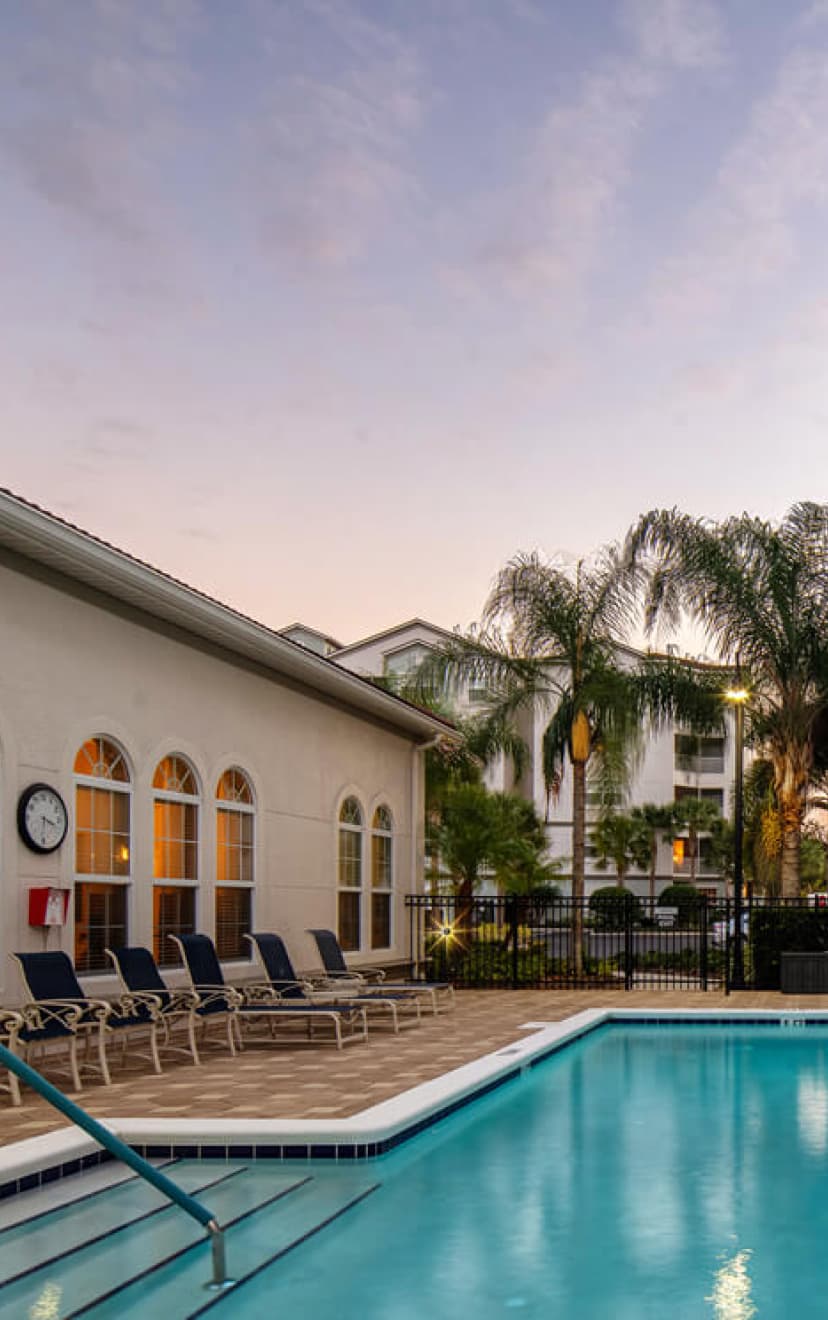Considering a move to a senior living community for yourself or a loved one can be exhausting. In addition to researching and choosing a community, you must determine the best way to cover senior living costs.
According to Genworths’s 2021 Cost of Care Survey, the monthly median cost of a senior living community is $4,500 a month or $54,000 a year. However, there are some practical and financially savvy ways to help pay for the cost of a senior living community.
5 tips for paying for senior living
1. Consult with family members
Whether you're considering senior living for yourself or a loved one, family members should be consulted and involved in financial planning. The people who love you the most can help alleviate financial stress, in addition to helping navigate the complex senior living industry. Adult children may be willing and prepared to contribute financially or help research available options for paying for long-term care.
2. Meet with a financial advisor
A financial advisor can review your finances, provide valuable insights, and help you develop a comprehensive long-term financial plan. They will also tell you how to utilize personal savings, 401k, and other investments to pay for senior living costs. If you don’t have a financial advisor, ask for referrals from friends, family members, and other professionals like your accountant or banker.
3. Explore insurance options
Current insurance policies can be valuable assets when planning for senior living. If you have one or both of the following types of insurance, consult with your insurance professional to see how they can help cover senior living costs:
- Long-term care insurance – If you already have a policy, long-term care insurance may cover costs associated with assistance with activities of daily living (ADLs), such as bathing, dressing, and toileting in senior living communities.
- Life insurance – Some types of life insurance policies can be cashed in to cover the cost of a senior living community. Speak with a financial advisor to determine if this is a smart financial move.
4. Use your home’s equity
Moving into a senior living community often involves downsizing. Your home’s equity can be a financially savvy way to pay for senior living costs. Here are ways you can use the value in your home to cover senior living expenses:
- Reverse mortgage – A reverse mortgage is a loan that allows seniors to access a portion of their home’s equity and use the home as collateral. Reverse mortgages have specific rules and qualifications, so consult with your accountant to ensure you clearly understand the parameters.
- An estate sale – Selling off unneeded furnishings and possessions enables a homeowner to get back some of the money they invested in these things over the years. A professional estate sale organizer will handle the work and details of preparing the items for sale and actually managing the sale on behalf of the homeowner or family member.
- Rent out your home – Turning your home into an Airbnb or rental property is a great way to make a consistent income that can be used to pay for senior living. Rental agencies can even take a lot of the responsibilities out of the owner’s hands.
5. Research government programs
Some of the many government programs that can provide funds for senior living or care include Social Security, Medicare, Medicaid, and if you’re a veteran or the spouse of a veteran, the VA Aid and Attendance benefit. These programs are invaluable resources that can help with long-term care assistance or health care costs associated with seniors in senior living communities.
Wrap-up
Paying for a senior living community doesn’t have to be a headache when you have the correct information, know all your options, and have a little help from friends, family, and professionals. The advisors at Allegro’s senior living communities are also invaluable sources for providing information to help you understand costs, pricing structures, and financial resources.






Comments